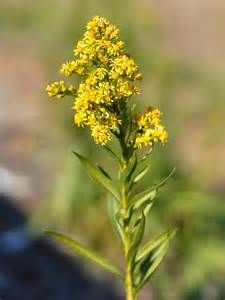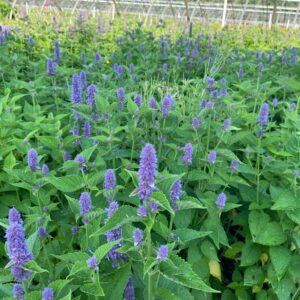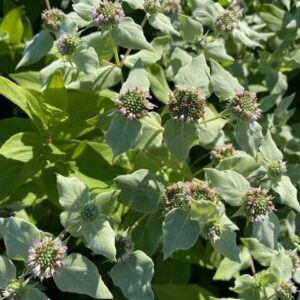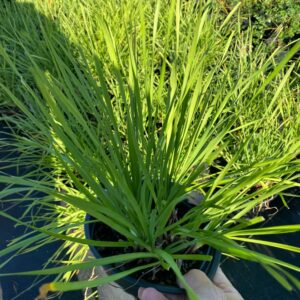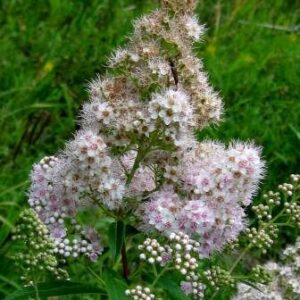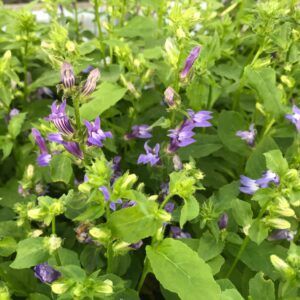- Ph: (631) 801-2855
- All Visits by Appointment Only
- info@linatives.com
- My Account
Straight Species
New England Aster is a late bloomer like most Asters. Maturing to 5′ tall, it is rich with purple flowers with orange-yellow centers from late summer to October. Popular with pollinators, it thrives in full sun or light shade in all but the driest soils. Before New England Aster blooms, it is easy to identify the plant because of the hairy stem and leaves that clasp the stem in a distinctive manner, nearly encircling it, unique from other Asters.
The colors of the New England Aster can vary from purple, violet, and lavender to all shades of pink. Bees and butterflies are attracted to it, and the nectar of the flower provides an excellent source for Monarchs and other butterflies late into the fall. New England Aster is drought-tolerant and deer-resistant. When the plant is blooming, the lower leaves can often dry up causing some to think the plant is dying or has disease. This is normal.
On many sites Asters can be prolific self seeders. New England Aster in particular does well in a broad range of soil conditions, so on small sites or in home garden/landscapes removal of the seed head before the seed is ripe is preferable to weeding unwanted seedlings.
$9.99 – $99.99
Please note: Most pictures represent mature plants. Unless otherwise specified, all of our plants are sold in 4″ pots to make shipping possible and will mature in time.
Learn more about how the process works and how our plants are delivered.



| Native | |
|---|---|
| Sunlight | |
| Moisture | |
| Wetland Indicator | |
| Special Attributes | |
| Size | 1 Gallon, 1 Quart, Full Flat (50) 2" Plugs |
Straight Species
New England Aster is a late bloomer like most Asters. Maturing to 5′ tall, it is rich with purple flowers with orange-yellow centers from late summer to October. Popular with pollinators, it thrives in full sun or light shade in all but the driest soils. Before New England Aster blooms, it is easy to identify the plant because of the hairy stem and leaves that clasp the stem in a distinctive manner, nearly encircling it, unique from other Asters.
The colors of the New England Aster can vary from purple, violet, and lavender to all shades of pink. Bees and butterflies are attracted to it, and the nectar of the flower provides an excellent source for Monarchs and other butterflies late into the fall. New England Aster is drought-tolerant and deer-resistant. When the plant is blooming, the lower leaves can often dry up causing some to think the plant is dying or has disease. This is normal.
On many sites Asters can be prolific self seeders. New England Aster in particular does well in a broad range of soil conditions, so on small sites or in home garden/landscapes removal of the seed head before the seed is ripe is preferable to weeding unwanted seedlings.
